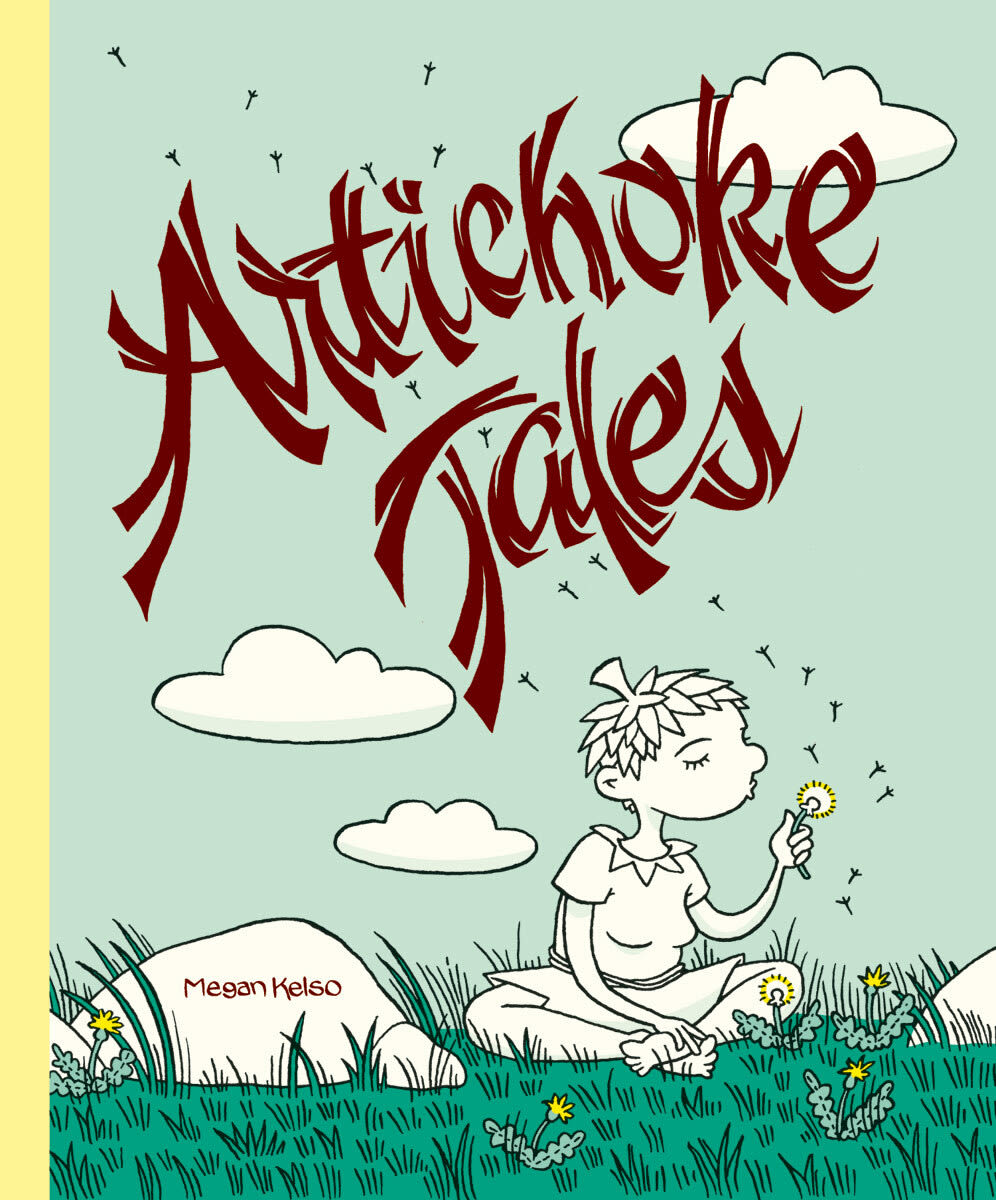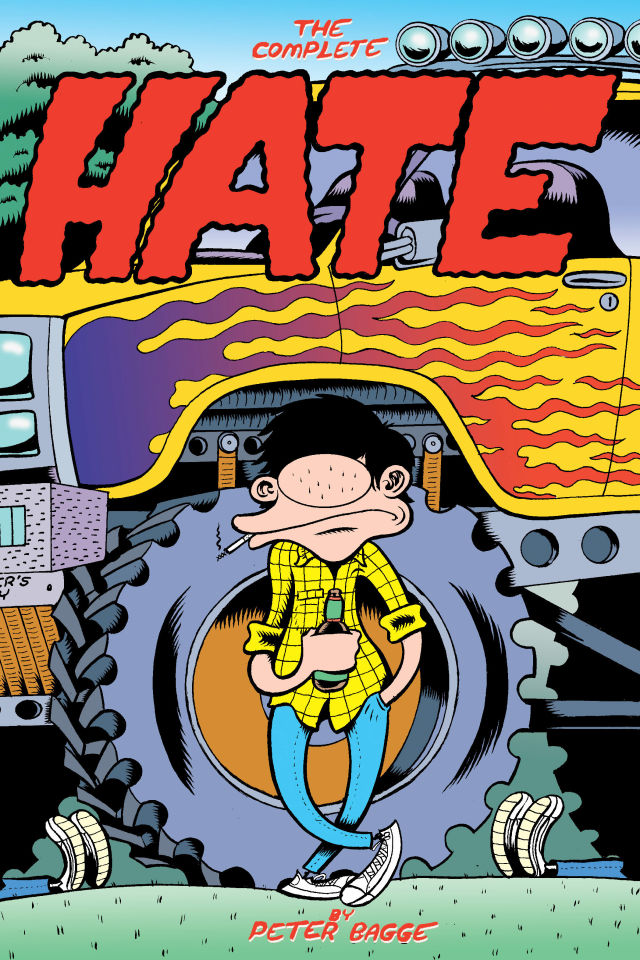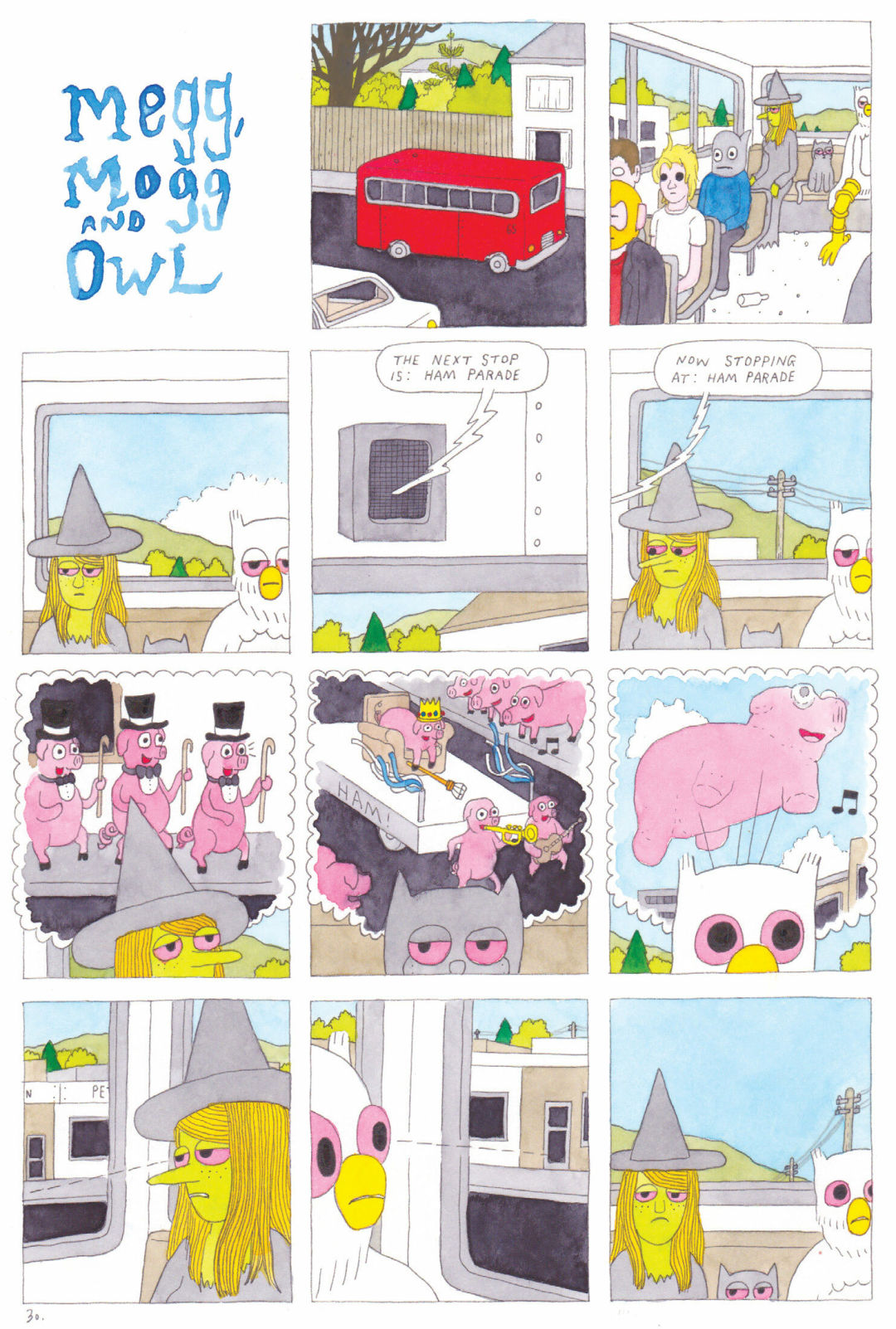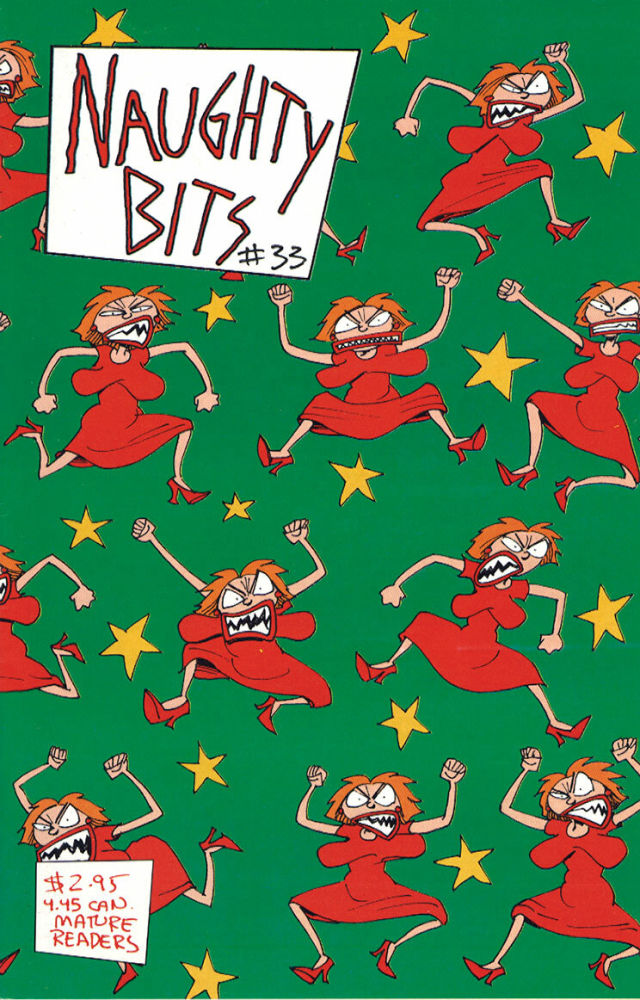11 Essential Seattle Graphic Novels and Comics

Image: Courtesy Fantagraphics
Artichoke Tales by Megan Kelso
If you only skim the illustrations and note the title of local cartoonist Megan Kelso’s Artichoke Tales, you might think it’s a kid’s book. The art is simple; the characters, after all, have artichokes for hair. But the book, published by Seattle’s Fantagraphics—the widely influential indie publisher—is properly for adults, telling the story of a family caught between two sides of a civil war in a fantastical world.
Black Hole by Charles Burns
In this graphic novel, a mysterious STI creeps through a Seattle suburb’s teenagers in the 1970s. The infected grow a tail or maybe webbing between their fingers; then people start dying. Charles Burns’s stark, nearly Rorschachian illustrations remind us that horror is rarely far from this region’s art.
The Complete Far Side by Gary Larson
This incomparable cartoonist can pack more weirdo surrealist wit into a single panel than most could in a whole book—stupid humans, astute animals, and radiant riffs on idioms. Larson was born in Tacoma, graduated from Washington State University, and lives in Seattle.

Image: Courtesy Fantagraphics
The Complete Hate by Peter Bagge
Talk Seattle comics and Peter Bagge’s 1990s series—in which main character Buddy Bradley wanders Seattle acerbically—will come up sooner or later. If Fantagraphics is the Sub Pop of cartoon publishing, Hate is its Bleach and its Superfuzz Bigmuff.
Marbles: Mania, Depression, Michelangelo, and Me by Ellen Forney
This graphic memoir from the Seattle cartoonist delves into her experience of bipolar disorder and the years it took her to find stability. We see her at a tattoo parlor or planning a book party. We also see pages from sketchbooks she worked in during depressive episodes, and her trying to situate herself against a host of artists—Vincent van Gogh, Georgia O’Keeffe—considered “crazy” and romanticized for it.
Megg, Mogg, and Owl by Simon Hanselmann
“Oh, Bojack’s been ripping me off for years,” Simon Hanselmann told Crosscut, referring to Netflix’s Bojack Horseman. The Seattle cartoonist was being half-facetious, but if you take in Megg, Mogg, and Owl’s mix of drugs, acidic dysfunction, and cartoon characters—a witch, a cat, and a bird—it’s not hard to ascertain the parallels.

Image: Courtesy Fantagraphics
Moxie, My Sweet by Mark Campos
When the local comic writer Mark Campos died by suicide in 2018, the grief was immense. This 2005 collection shows how much of a community fixture he was: He wrote each of the collection’s nine stories, in which, say, kitchen appliances stage a rebellion against humans. Other local cartoonists—David Lasky, Tatiana Gill, Sarah Galvin—helped him illustrate them. See also Campos’s work in Casino Son, about his experience growing up Mexican American in Reno.
Ms. Marvel written by G. Willow Wilson, illustrated by Adrian Alphona
Smart, satirical, and self-aware, Ms. Marvel was the first Muslim superhero from the comic book giant. But what sets it apart from the pack is the nuance with which Seattle’s G. Willow Wilson creates her heroine, Kamala Khan, a Pakistani American girl in New Jersey. She’s able to shape-shift to fight the villains, such as an organization called Hydra, which genetically alters Jersey hipsters with purple kombucha.

Image: Courtesy Fantagraphics
Naughty Bits by Roberta Gregory
Published by Fantagraphics across 13 years and 40 issues, Naughty Bits follows Midge McCracken (aka Bitchy Bitch), a typical working woman who frequently erupts into anger. Her rage rendered in Seattleite Gregory’s scratchy, impressionistic black and white is real—and really funny.
We Hereby Refuse: Japanese American Resistance to Wartime Incarceration written by Frank Abe and Tamiko Nimura, illustrated by Ross Ishikawa and Matt Sasaki
This 160-page graphic novel tells the stories of three Japanese Americans—Hajime Jim Akutsu, Hiroshi Kashiwagi, and Mitsuye Endo—who resisted incarceration camps during World War II. Here the local authors and illustrators, who were brought together by the Wing Luke Museum, braid the three different stories with rich illustrations and historical research: Endo signed onto a lawsuit opposing the incarcerations. Akutsu (an inspiration for John Okada’s No-No Boy) and Kashiwagi refused the government’s attempts to make them demonstrate loyalty.
What It Is by Lynda Barry
When Lynda Barry was awarded a MacArthur Fellowship in 2019, it came after nearly 40 years of work—work that started when she went to Evergreen State College after growing up in Seattle. Among her most beguiling books is this graphic reverie—part diary, part cartoon inquiry into the nature of life, part scrapbook. To say it defies genre doesn’t go far enough: It simply is what it is.




